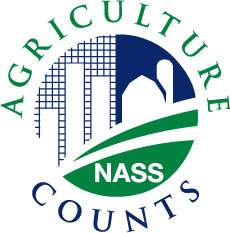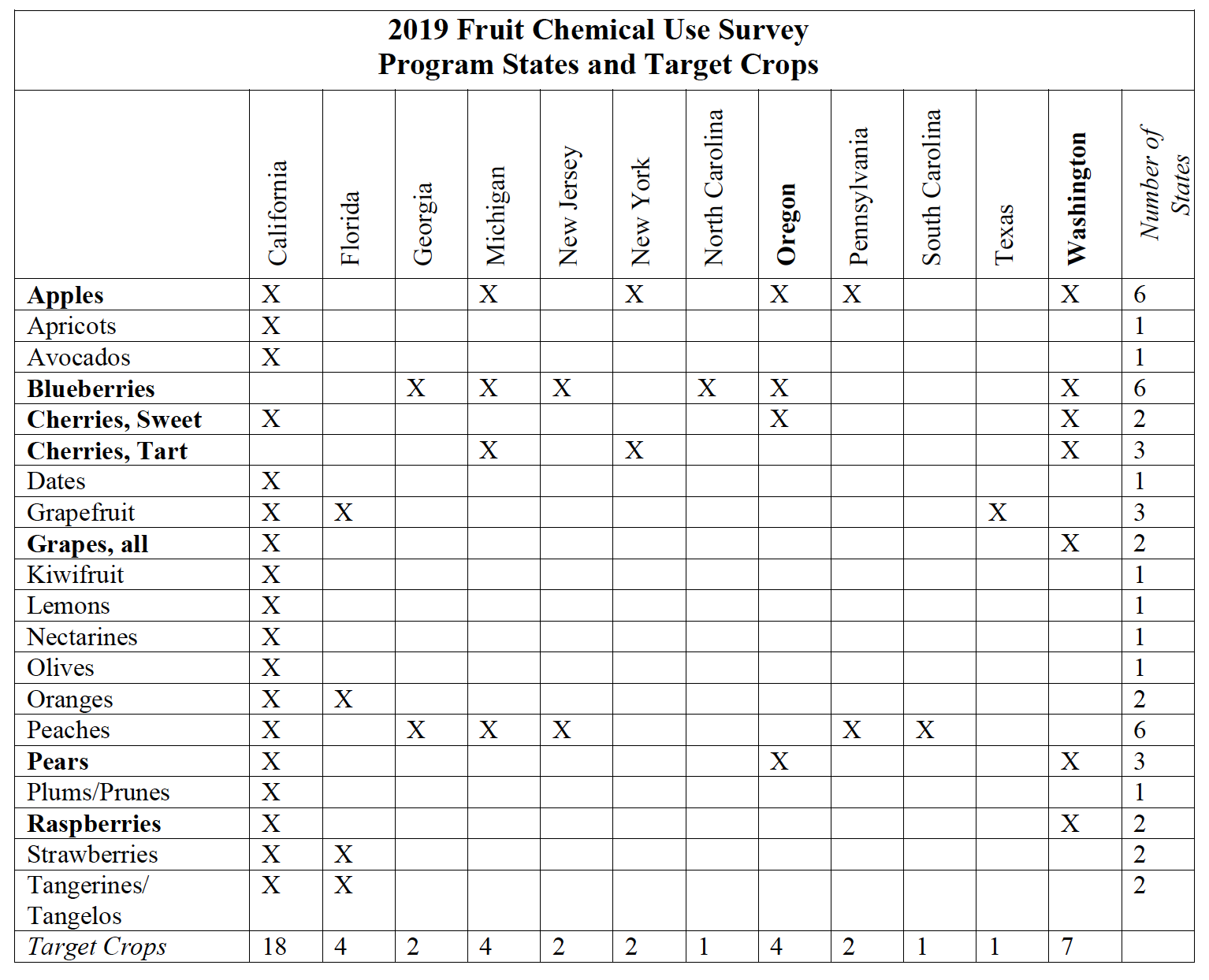EPA Releases Draft Policy to Reduce Pesticide Testing on Birds
This original announcement was published by the EPA on September 17th, 2019.
Today, the U.S. Environmental Protection Agency (EPA) released a draft science policy intended to reduce testing of pesticides on birds when registering conventional outdoor pesticides. The draft policy is open for public comment. This draft policy is in line with EPA Administrator Andrew Wheeler’s recent commitment to reduce animal testing at EPA.
“Today, EPA is issuing a new proposal to reduce pesticide testing on birds,” said EPA Administrator Andrew Wheeler. “This is EPA’s first action after my recent directive to aggressively reduce animal testing throughout the Agency.”
The draft policy represents another step toward the agency’s commitment to reduce animal testing while also ensuring that the agency receives enough information to support pesticide registration decisions that are protective of public health and the environment.
Waiving requirements for toxicity studies when they offer little additional scientific information or public health protection is an important component of the draft policy, which emphasizes avoiding unnecessary resource use, data generation costs, and animal testing.
The foundation of this policy is EPA’s collaboration with People for the Ethical Treatment of Animals (PETA). EPA and PETA are working on a retrospective analysis of avian acute oral and subacute dietary studies. This analysis will address whether EPA can confidently assess acute risk for birds using only the single oral dose protocol.
The draft policy can be found at: https://www.epa.gov/sites/production/files/2019-09/documents/draft-waiver-guidance-avian-sub-acute-dietary.pdf.
EPA is accepting public comment until Nov. 1, 2019. Please email comments to OPPeco@epa.gov.


